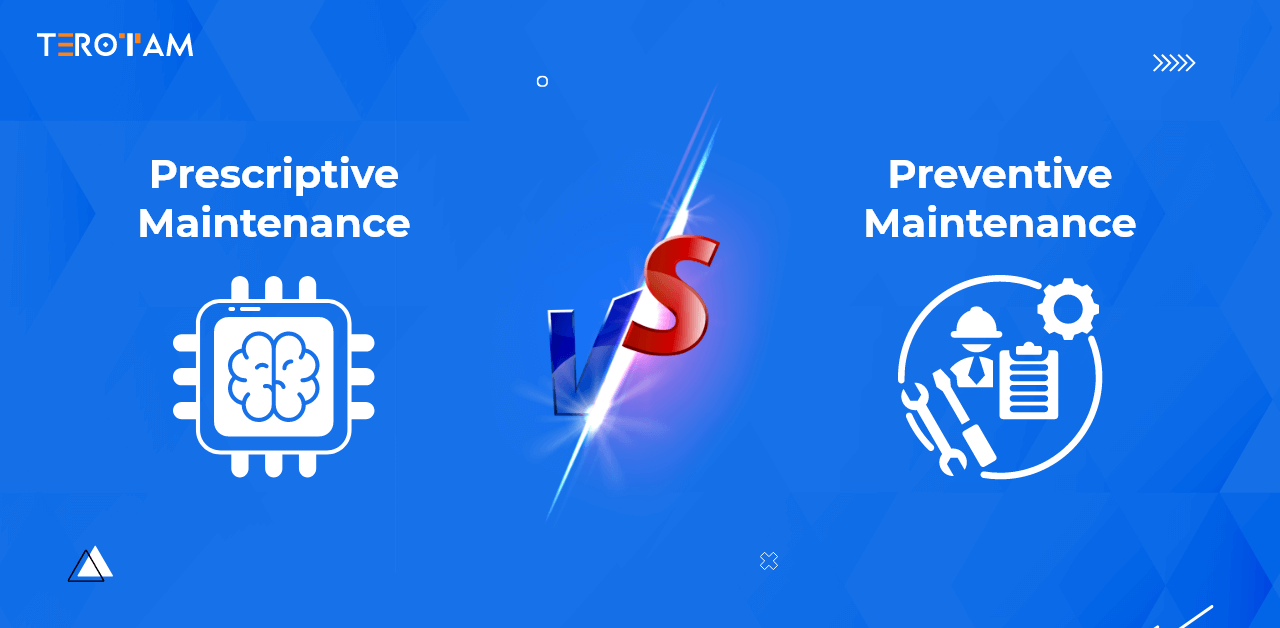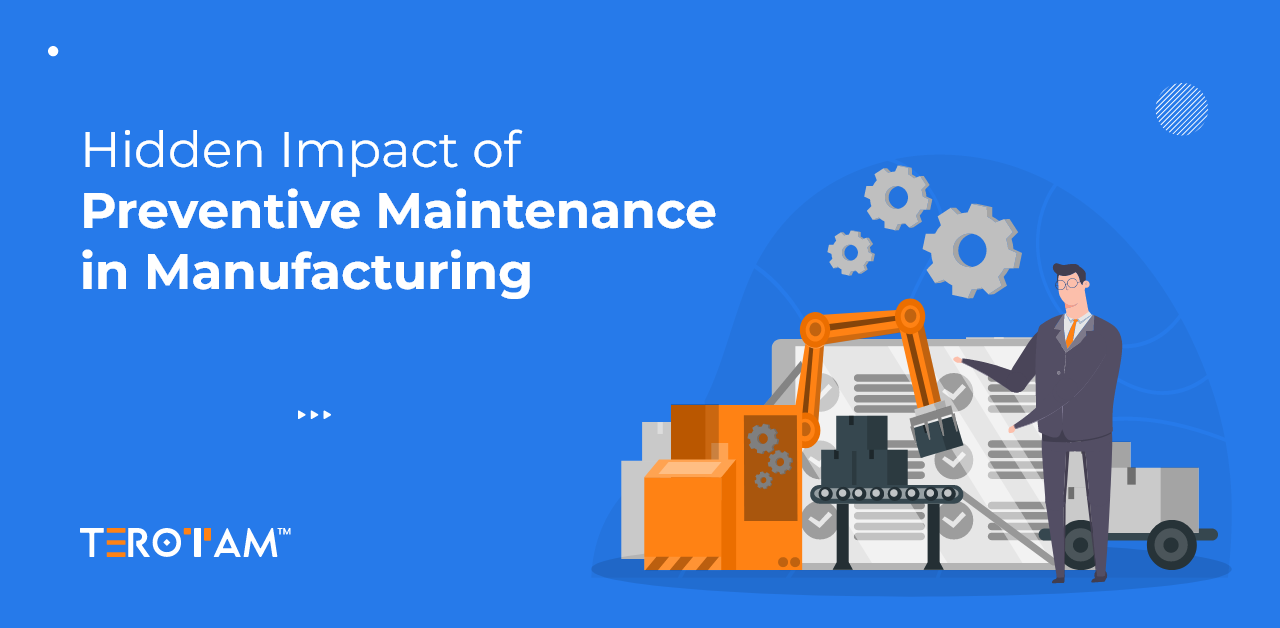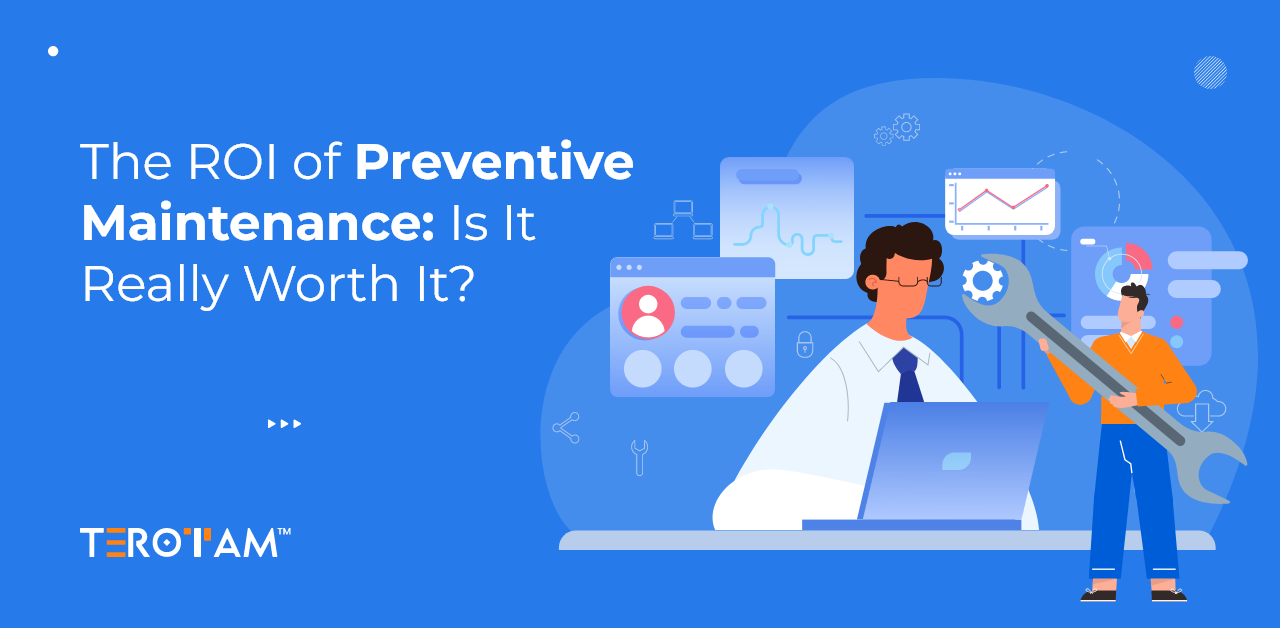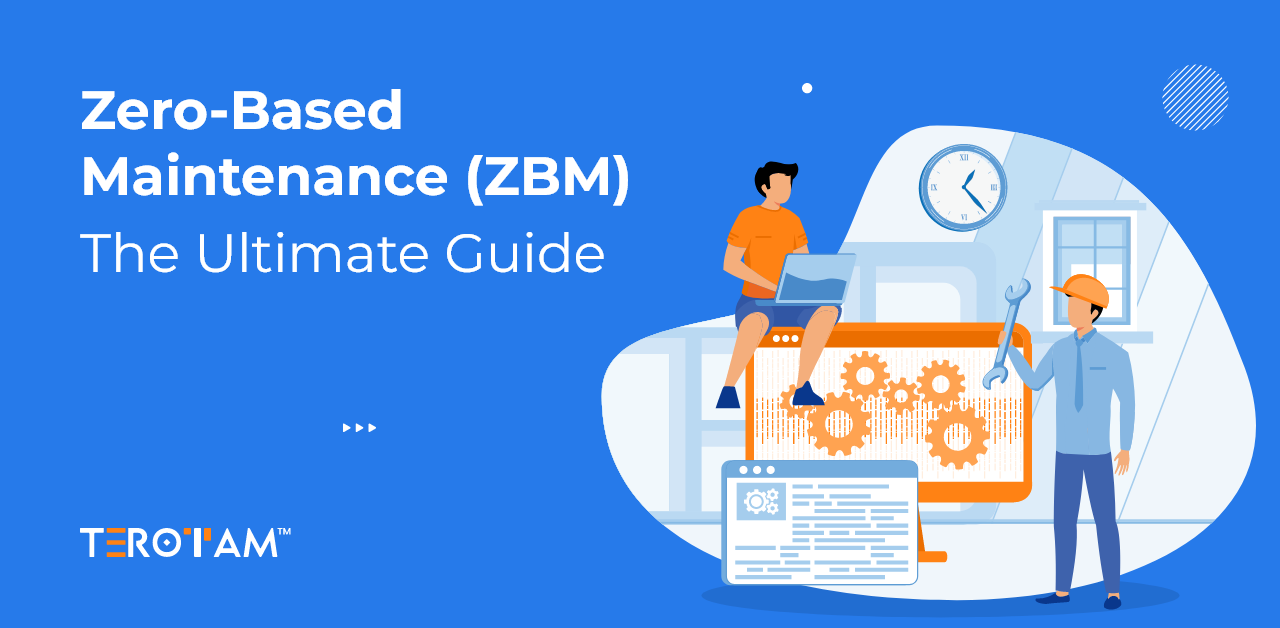Maintenance is the heartbeat of industrial operations, orchestrating the symphony of production. However, maintenance has changed over time and is now a dynamic composition rather than a static score. Imagine a manufacturing facility running smoothly, with all the equipment performing at its highest level. Downtime is merely a nightmare then. Ultimately Every facilities management and maintenance expert strives to achieve this aim.
We will take you on a voyage through the spectrum of maintenance strategies today and introduce you to two strong alternative maintenance strategies: Preventive Maintenance and Prescriptive Maintenance. These aren’t merely strategies; they’re the key to keeping things running smoothly in the future.
In this article, We will see how maintenance techniques change and by the time we’re done, you’ll have deep learning about maintenance strategies and which one to apply where and when for an unstoppable facility.
Evolution of Maintenance Strategies: From Reactive to Prescriptive Maintenance
Maintenance tactics have experienced a striking shift over time. They changed from a break-fix, reactive strategy to a data-driven, proactive one. Equipment was first run until it broke down, resulting in expensive downtime and repairs.
To increase predictability, preventive maintenance included planned tasks and component replacements. It had drawbacks, though, like excessive maintenance. Predictive Maintenance, which makes use of sensor data for prompt treatments, is a major advancement.
With Prescriptive Maintenance, we are currently at the forefront, utilizing real-time data and AI to forecast and prescribe specific actions, optimizing maintenance like never before.
Preventive Maintenance – Traditional Approach to Maintenance
What is Preventive Maintenance?
Preventive maintenance is a proactive maintenance approach that concentrates on routine maintenance, planned inspections, and component replacements in order to avoid equipment failure and guarantee the efficient running of machinery and assets. It is based on specified time frames, consumption criteria, or producer suggestions.
How Does it work?
Preventive Maintenance follows a structured process:
- Schedule: Maintenance tasks are planned at regular intervals.
- Inspections: Technicians inspect equipment for wear and issues.
- Maintenance: Tasks like cleaning and component replacement are performed.
- Records: Detailed records are kept for future analysis.
- Analysis: Data is analyzed to refine the maintenance schedule.
- Adjust: The schedule is adjusted based on analysis findings.
Advantages of Preventive Maintenance

Increased Equipment Lifespan:
Regular inspections and timely replacements of components help extend the lifespan of equipment, reducing the need for frequent replacements.
Reduced Downtime:
Planned maintenance reduces the likelihood of unexpected breakdowns, leading to fewer instances of unscheduled downtime and production interruptions. This keeps operations running smoothly.
Predictable Maintenance Costs:
With a predefined maintenance schedule, organizations can budget for maintenance expenses more accurately. This allows for better financial planning, avoiding surprise expenses and cost overruns.
Enhanced Safety:
Preventive Maintenance often includes safety checks, reducing the risk of accidents caused by equipment malfunctions or failures.

Limitations of Preventive Maintenance
Risk of Over-Maintenance:
Performing maintenance tasks based on a fixed schedule may result in unnecessary replacements or servicing of components that still have useful life left. This can increase maintenance costs unnecessarily.
Potential for Unplanned Failures:
Despite the best intentions, Preventive Maintenance cannot account for sudden equipment failures that may occur between scheduled maintenance events. This can lead to unexpected downtime in certain situations.
Resource Intensive:
Preventive Maintenance requires resources, including labor, materials, and time. Performing routine maintenance on all equipment, even when not immediately necessary, can strain resources.
Lack of Data-Driven Precision:
Preventive Maintenance relies on predetermined schedules, which may not align with the actual condition of equipment. Without real-time data, it may miss opportunities for more precise and efficient maintenance.

Prescriptive Maintenance – Futuristic Approach to Maintenance
What is Prescriptive Maintenance?
Prescriptive maintenance is a cutting-edge approach that uses real-time data, sensors, and artificial intelligence (AI) to forecast equipment failures and recommend actions based on the equipment’s actual performance and condition. Prescriptive Maintenance optimizes maintenance efforts in contrast to conventional techniques, which rely on predetermined schedules or thresholds.
How Prescriptive Maintenance Works?
Like Preventive Maintenance, Prescriptive maintenance also follows a structured process:
- Data Collection: Sensors gather real-time data from equipment.
- Data Analysis: AI algorithms analyze data for patterns and anomalies.
- Predictive Insights: Predict when maintenance is needed.
- Prescribed Actions: Recommend inspections, repairs, or replacements.
- Optimized Resource Allocation: Allocate resources where they’re needed most.
Advantages of Prescriptive Maintenance

Optimized Maintenance:
Maintenance tasks are performed when they are truly needed, reducing over-maintenance and ensuring that critical issues are addressed promptly.
Maximized Equipment Uptime:
By addressing issues before they escalate, Prescriptive Maintenance minimizes unplanned downtime, maximizing equipment uptime and production efficiency.
Cost Efficiency:
Organizations can optimize their maintenance budget and reduce maintenance costs with precise, data-driven recommendations.
Safety Improvement:
By addressing potential safety issues in real-time, Prescriptive Maintenance enhances workplace safety.

Limitations of Prescriptive Maintenance
Initial Investment:
Implementing Prescriptive Maintenance may require significant initial investments in sensors, data analytics, and AI infrastructure.
Data Quality:
The accuracy of predictions relies on the quality of data collected. Inaccurate or incomplete data can lead to false predictions.
Technical Expertise:
Prescriptive Maintenance systems require technical expertise to set up and maintain, which may pose challenges for some organizations.
Scalability:
Adapting Prescriptive Maintenance to an extensive range of equipment and assets can be complex and may require substantial resources.

Key Differences Between Prescriptive vs Preventive Maintenance
Type of the Maintenance Approach
The key characteristic of preventive maintenance is its reliance on pre-established schedules and specified intervals for maintenance chores. These duties frequently draw from past information, manufacturer advice, or standard operating procedures. Whereas Prescriptive Maintenance, in contrast, adopts a dynamic, data-driven strategy. It continuously examines data and adjusts to the actual equipment conditions to identify when maintenance is required.
Precision in Maintenance Decisions
Due to its adherence to predetermined schedules, preventive maintenance functions with some generality. It might entail inspections or component replacements that aren’t always necessary when they’re carried out. On the other hand, prescriptive maintenance makes extremely specific recommendations based on the actual state and functionality of the equipment. Precision like this makes maintenance work more efficient.
Level of Resource Optimization
Resource management is a strength of Prescriptive Maintenance. It lessens the danger of over-maintenance by focusing maintenance efforts and resources where they are most needed. By following set timetables, preventive maintenance may cause needless maintenance chores and possibly inefficient resource use.
Ability of Downtime Minimization
Prescriptive maintenance’s main goal is to reduce unplanned downtime. It accomplishes this by spotting possible problems in real time and recommending quick fixes. By doing routine maintenance on the equipment, preventive maintenance seeks to minimize total downtime, although it might not be able to stop sudden, unforeseen breakdowns.
Cost Effectiveness
Prioritizing essential requirements and eliminating extraneous chores allows prescriptive maintenance to maximize maintenance resources. Effective resource allocation is made possible for organizations by this economical strategy. Contrarily, Preventive Maintenance may result in extra costs because the tasks that are scheduled don’t correspond to the real state of the equipment.
Level of Safety Consideration
Prescriptive maintenance improves safety by taking care of problems when they come up right away. It can identify potential safety issues and swiftly suggest solutions to reduce hazards. Due to its reliance on predetermined schedules that might not coincide with safety-related concerns, preventive maintenance may occasionally overlook safety-related issues.
Technical Proficiency
A higher level of technical proficiency is required for prescriptive maintenance. Advanced technology, AI, and data analysis are all involved. Prescriptive maintenance implementation companies need to be able to successfully gather, analyze, and interpret real-time data. Contrarily, preventive maintenance is typically easier to implement, making it available to a wider variety of organizations with various technical capabilities.
Factors to Consider When Choosing Your Maintenance Strategy
When deciding between Prescriptive and Preventive Maintenance, consider the following factors:
Equipment Criticality:
Assess the criticality of each asset and prioritize Prescriptive Maintenance for high-value equipment.
Budget:
Evaluate your budget constraints and the resources available for implementing and maintaining the chosen strategy.
Data Infrastructure:
Ensure your equipment is equipped with sensors and data collection capabilities for Prescriptive Maintenance.
Technical Skills:
Determine whether your team possesses the necessary technical skills for data analysis and AI implementation.
Regulations:
Check if your industry has specific regulations or compliance requirements that influence your choice.
Risk Tolerance:
Consider your organization’s risk tolerance and its willingness to embrace data-driven strategies.
Conclusion
Preventive and prescriptive maintenance should be balanced carefully to meet your equipment’s and operations’ unique requirements rather than being a one-size-fits-all approach. Prescriptive maintenance provides a structured approach to maintenance, while preventive maintenance has the advantage of real-time information, targeted interventions, and proposed remedies.
If we want to conclude this discussion, we can simply say that organizations can improve their total productivity and competitiveness by striking the correct balance between prescriptive and preventive maintenance, resulting in better efficiency, cost savings, and reliability in their maintenance practices.
Still wanted to know more? – Let’s schedule a demo with our experts now or write us at contact@terotam.com.










